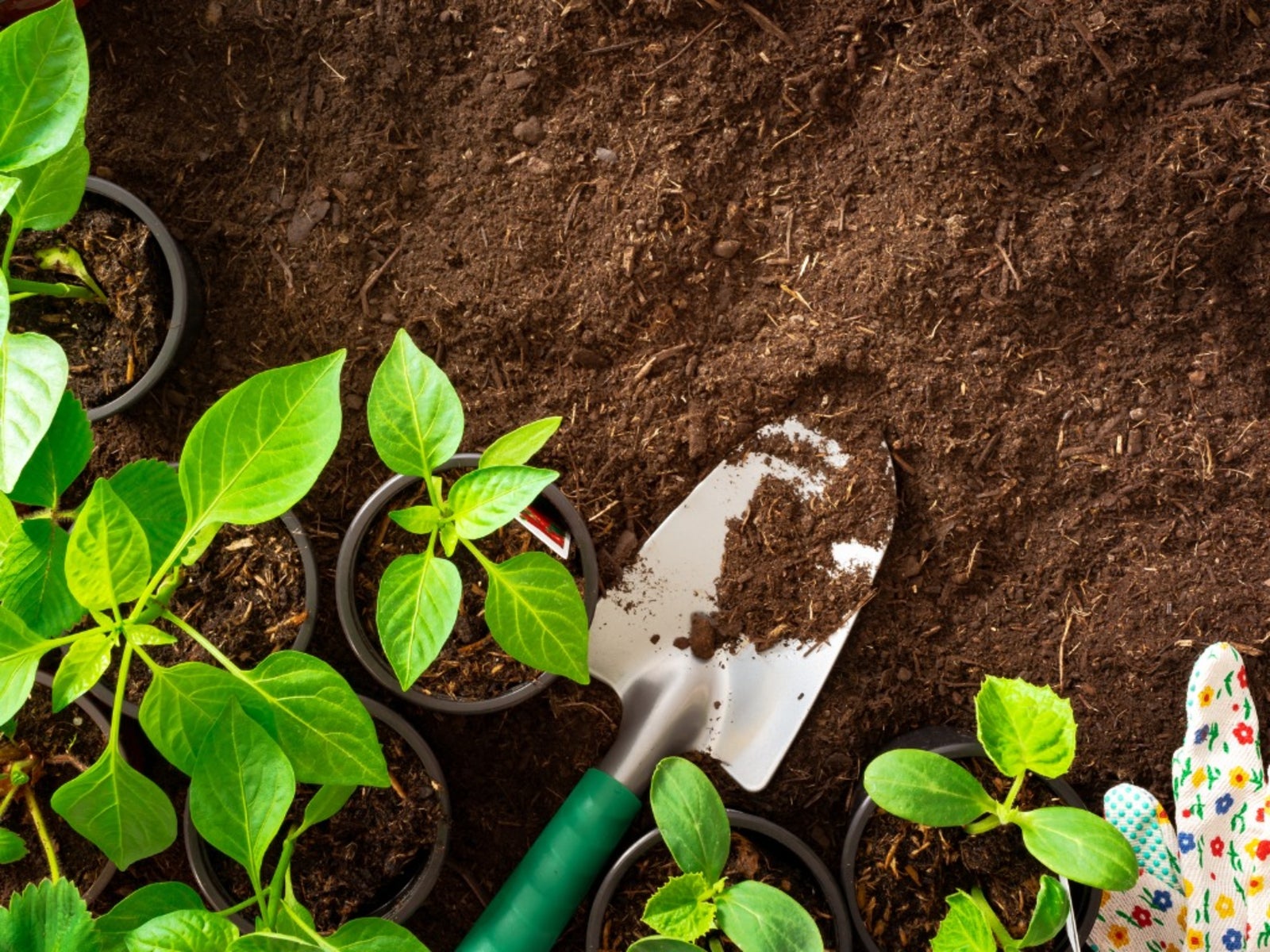

Articles
When To Plant A Veg Garden
Modified: February 28, 2024
Discover the best time to start your vegetable garden with our gardening guide. Learn when to plant different vegetables and maximize your harvest.
(Many of the links in this article redirect to a specific reviewed product. Your purchase of these products through affiliate links helps to generate commission for Storables.com, at no extra cost. Learn more)
Introduction
Welcome to the world of gardening! Whether you are a seasoned green thumb or a beginner exploring the joys of growing your own vegetables, you have come to the right place. Planting a vegetable garden can be a rewarding and fulfilling experience, providing you with fresh and nutritious produce right at your doorstep.
But before you start digging into the soil, there are a few important factors to consider. From understanding the climate and growing season in your region to selecting the right vegetables and preparing the soil, this comprehensive guide will walk you through every step of the process. So, let’s roll up our sleeves and dive into the world of vegetable gardening!
Key Takeaways:
- Create an ideal environment for your vegetable garden by considering factors like sunlight, water supply, and accessibility. This sets the stage for a successful and bountiful harvest.
- Embrace the continuous learning and improvement journey of gardening. Experiment with new techniques, share your harvest, and relish the satisfaction of growing your own food.
Read more: When To Plant A Garden In Ohio
Factors to Consider Before Planting
Before you grab your gardening tools and head outside, take some time to consider a few key factors that will contribute to the success of your vegetable garden. By addressing these factors early on, you can set the stage for healthy plants and a bountiful harvest.
1. Location: Choose a location in your garden that receives ample sunlight throughout the day. Most vegetables require at least 6-8 hours of direct sunlight to thrive. Additionally, ensure that the area has good drainage to prevent waterlogging.
2. Space: Assess the available space in your garden and determine how much area you can allocate for your vegetable garden. Consider the growth habit of the plants you plan to grow, as some vegetables require more space than others.
3. Water Supply: Access to a reliable water source is crucial for the health of your plants. Make sure you have a nearby water supply, whether it’s a hose, irrigation system, or a convenient water collection method.
4. Time Commitment: Gardening requires time and effort. Consider how much time you can realistically dedicate to tending to your garden. Some vegetables require more frequent care, such as watering, weeding, and pruning.
5. Accessibility: If you have any physical limitations or restrictions, consider how accessible your vegetable garden will be. Ensure that the pathways are wide enough for easy maneuvering and that tools and supplies are within reach.
6. Pest Control: Take into account potential pest problems in your area and plan accordingly. Research common garden pests and explore organic pest control methods to protect your plants naturally.
7. Companion Planting: Consider the concept of companion planting, where certain plants are grown together to promote mutual benefits. For example, marigolds can deter pests, while basil can enhance the flavor of tomatoes.
By carefully considering these factors, you can create an ideal environment for your vegetable garden and maximize its potential for a successful harvest.
Climate and Growing Season
The climate and growing season play a crucial role in determining what vegetables can be grown successfully in your garden. It’s important to understand the specific requirements of different vegetables and match them to the climate of your region. Here are some key factors to consider:
1. Hardiness Zone: Determine your hardiness zone, which is a geographic area based on the average minimum temperature. This will help you identify which plants are most likely to thrive in your region. The United States Department of Agriculture (USDA) provides a hardiness zone map for reference.
2. Frost Dates: Know the dates of the last expected spring frost and the first expected fall frost in your area. This will help you plan your planting schedule and ensure that tender seedlings are not exposed to frost.
3. Cool-Season vs. Warm-Season Vegetables: Understand the difference between cool-season and warm-season vegetables. Cool-season vegetables, such as broccoli and lettuce, thrive in cooler temperatures, while warm-season vegetables, such as tomatoes and peppers, prefer warmer weather.
4. Short vs. Long Growing Season: Determine the length of your growing season. Some regions have a shorter growing season, while others have a longer period of favorable conditions for plants to mature. This will influence the types of vegetables you can grow and the planting times.
5. Microclimates: Identify microclimates within your garden. Certain areas may be warmer or cooler than others due to factors such as sun exposure, wind patterns, or nearby structures. Take advantage of these microclimates to cultivate a wider range of vegetables.
Once you have a good understanding of your climate and growing season, you can choose vegetables that are well-suited to your region. This will increase the likelihood of a successful and abundant harvest.
Types of Vegetables to Plant
When it comes to selecting the types of vegetables to plant in your garden, the choices are vast. From leafy greens to root vegetables, here are some popular options to consider:
- Leafy Greens: Lettuce, spinach, kale, and Swiss chard are excellent choices for gardeners. They are rich in vitamins and can be harvested continuously by picking outer leaves while allowing the inner leaves to grow.
- Root Vegetables: Carrots, radishes, beets, and turnips are delicious and nutritious choices. These vegetables grow underground and provide a satisfying crunchy texture.
- Cruciferous Vegetables: Broccoli, cauliflower, cabbage, and Brussels sprouts belong to this family. They thrive in cooler temperatures and are packed with nutrients.
- Solanaceous Vegetables: Tomatoes, peppers, and eggplants fall into this category. They love heat and sunshine and are a staple in many gardens due to their versatility in cooking.
- Vine Crops: Cucumbers, squash, zucchini, and melons are examples of vine crops. They require ample space to sprawl or trellises for vertical growth.
- Herbs: While not technically vegetables, herbs like basil, parsley, mint, and rosemary can add a burst of flavor to your culinary creations. They are easy to grow and can be enjoyed all season long.
When choosing your vegetables, consider your personal preferences, the available space in your garden, and the specific requirements of each plant. It’s also a good idea to explore heirloom or unusual varieties to add interest and diversity to your garden.
Remember to read the seed packets or plant labels to understand the recommended planting depth, spacing, and care instructions for each vegetable. This will help you create optimal growing conditions and maximize your chances of a successful harvest.
Soil Preparation
Preparing the soil is a crucial step in creating a healthy and productive vegetable garden. By ensuring that your soil is rich in nutrients, well-drained, and free from weeds, you provide the ideal foundation for your plants to thrive. Here’s how to prepare your soil:
1. Clear the Area: Start by removing any existing vegetation or weeds from the area where you plan to plant your vegetables. Use a shovel or a garden hoe to clear the ground effectively.
2. Test the Soil: Conduct a soil test to assess its nutrient content and pH level. You can purchase a soil test kit from a garden center or send a sample to a reputable soil testing laboratory. The results will help you determine if any amendments are needed.
3. Amend the Soil: Based on the soil test results, you may need to add organic matter, such as compost or well-rotted manure, to improve soil fertility. Organic matter helps retain moisture, provides essential nutrients, and enhances soil structure.
4. Loosen the Soil: Use a garden fork or a tiller to loosen the soil before planting. This will improve its aeration and drainage, enabling the roots to penetrate deeply and access nutrients more easily.
5. Remove Rocks and Debris: While loosening the soil, take the opportunity to remove any rocks, sticks, or debris that may obstruct root growth or impede future cultivation and maintenance.
6. Mulch the Surface: Apply a layer of organic mulch, such as straw or wood chips, to the surface of the soil. Mulch helps suppress weed growth, retain moisture, and regulate soil temperature.
7. Consider Raised Beds: If your soil is of poor quality or you have limited space, consider constructing raised beds for your vegetable garden. Raised beds offer better control over soil quality, drainage, and weed management.
By taking the time to prepare your soil properly, you ensure that your vegetables have a nutrient-rich and supportive environment to grow and thrive. This will ultimately lead to healthier plants and a more abundant harvest.
Tip: Plant your vegetable garden in the spring after the last frost date for your area. This will give your plants the best chance for a successful growing season.
Planting Techniques
Now that your soil is prepared and ready, it’s time to plant your vegetables. Proper planting techniques are essential to give your plants the best chance of success. Here are some tips to help you get started:
1. Read Planting Instructions: Refer to the seed packets or plant labels for specific planting instructions for each vegetable. Pay attention to recommended planting depths, spacing, and any special considerations.
2. Start Seeds Indoors: Some vegetables, like tomatoes and peppers, benefit from an early start. Start these seeds indoors a few weeks before the last expected spring frost. Use seed-starting trays or small containers filled with seed-starting mix.
3. Direct Sowing: Other vegetables, such as beans, carrots, and radishes, can be sown directly in the garden. Follow the recommended spacing and planting depth for each vegetable. Make sure the soil is moist before sowing the seeds.
4. Transplant Seedlings: If you started seeds indoors, transplant the seedlings into the garden after the risk of frost has passed and the seedlings have developed a strong root system. Dig a hole slightly larger than the root ball, gently place the seedling in the hole, and cover with soil.
5. Watering Techniques: Water the newly planted seeds or seedlings gently to avoid washing them away. Provide regular, consistent watering throughout the growing season, keeping the soil evenly moist but not waterlogged.
6. Thinning: If you sowed seeds directly in the garden, thin out the seedlings once they have developed their first set of true leaves. Carefully remove the weaker seedlings, leaving an appropriate spacing between the remaining plants.
7. Follow Planting Calendar: Consult a planting calendar or guide specific to your region to determine the optimal planting dates for each vegetable. This will help you plan your planting schedule and ensure that you plant at the appropriate times.
8. Consider Succession Planting: To extend your harvest and enjoy a continuous supply of fresh vegetables, practice succession planting. This involves planting new crops at regular intervals, so as one crop finishes, another crop is ready to take its place.
By implementing these planting techniques, you give your vegetables the best possible start and set the stage for a successful growing season. Stay attentive to their needs, provide proper care, and watch as your garden thrives and produces a delightful bounty of delicious homegrown vegetables.
Maintenance and Care
Maintaining and caring for your vegetable garden is essential for ensuring healthy plant growth and a bountiful harvest. Regular upkeep and attention to your garden’s needs will help prevent common issues and maximize productivity. Here are some key maintenance and care practices to consider:
1. Watering: Consistent and adequate watering is crucial for vegetable plants, especially during dry periods. Water deeply to encourage root development and avoid shallow watering that can lead to weak roots. Use a soaker hose or drip irrigation system to deliver water directly to the soil and minimize water waste.
2. Mulching: Maintain a layer of organic mulch around your vegetable plants to conserve moisture, suppress weed growth, and maintain stable soil temperatures. Refresh the mulch as needed throughout the growing season to ensure its effectiveness.
3. Weeding: Regularly remove weeds from your garden beds to minimize competition for nutrients and water. Take care when weeding to avoid disturbing the delicate roots of your vegetable plants. Consider using mulch or ground covers to suppress weed growth.
4. Fertilizing: Provide your vegetable plants with essential nutrients by fertilizing them regularly. Use organic fertilizers or compost to enrich the soil and provide a balanced nutrient profile. Be mindful not to over-fertilize, as this can lead to excessive vegetative growth and reduced fruit production.
5. Pruning and Training: Some vining vegetables, such as tomatoes and cucumbers, require pruning and training to encourage proper growth and maximize yield. Regularly remove suckers from tomato plants and provide trellises or stakes for support and upright growth.
6. Pest and Disease Management: Monitor your garden regularly for signs of pests and diseases. Implement proactive measures such as using physical barriers, applying organic pest control methods, and practicing proper sanitation. Identify and address pest or disease problems early to prevent them from spreading and causing significant damage.
7. Crop Rotation: Rotate your vegetable crops annually to avoid the buildup of pests and diseases in the soil. Move crops to different areas of your garden or follow a systematic rotation plan to maintain soil health and reduce the risk of specific pest or disease problems.
8. Harvesting: Harvest your vegetables at the peak of their ripeness to enjoy their best flavor and nutritional value. Different vegetables have different harvest times, so be sure to familiarize yourself with the optimal time to pick each variety. Regular harvesting also encourages continued plant productivity.
By dedicating time and effort to the maintenance and care of your vegetable garden, you will create an environment that promotes healthy growth and abundant yields. Stay vigilant, address any issues promptly, and enjoy the satisfaction of nurturing your plants from seed to harvest.
Harvesting and Enjoying the Fruits of Your Labor
After weeks of nurturing and caring for your vegetable garden, it’s time to reap the rewards of your hard work. Harvesting your homegrown vegetables is an exciting and fulfilling experience. Here are some tips to help you make the most of your harvest:
1. Timing: Harvest your vegetables at the right time for optimal flavor and texture. Refer to the seed packets or plant labels for guidance on when to harvest each specific vegetable. Some vegetables, like tomatoes, are best picked when fully ripe, while others, like zucchini, are tastiest when harvested young and tender.
2. Tools: Use appropriate tools for harvesting to avoid damaging the plants and the vegetables. Sharp garden scissors or pruning shears are ideal for cutting through stems and vines, while a garden fork or trowel can help gently lift root vegetables from the soil.
3. Proper Handling: Handle your harvested vegetables with care to prevent bruising or damage. Place delicate vegetables like tomatoes and berries in a shallow container, while sturdier vegetables like cucumbers and peppers can be stored in a basket or crate. Avoid overcrowding the container to prevent crushing.
4. Storage and Preservation: If you have more vegetables than you can consume immediately, consider storing or preserving them. Some vegetables, like root crops and winter squash, can be stored in a cool, dry place for several months. Others can be preserved through freezing, canning, pickling, or dehydrating to enjoy throughout the year.
5. Sharing and Enjoying: Share the abundance of your harvest with friends, family, and neighbors. Not only does this foster a sense of community, but it also allows others to appreciate the fruits of your labor. Enjoy the satisfaction of preparing and savoring meals made with your homegrown vegetables.
6. Learning and Planning: Take some time to reflect on your gardening experience and learn from it. Note which vegetables thrived and which faced challenges. Consider keeping a garden journal to track progress, make notes on successful techniques, and plan for future seasons.
Remember, gardening is a journey of continuous learning and improvement. Each season presents new opportunities to experiment, grow, and discover the joys of growing your own food. So, relish the satisfaction of harvesting and take pride in the delicious and nutritious vegetables that you have cultivated with your own hands.
Conclusion
Congratulations! You have now gained a comprehensive understanding of the various aspects of planting and maintaining a vegetable garden. Armed with this knowledge, you are ready to embark on a rewarding journey filled with fresh flavors, vibrant colors, and the satisfaction of growing your own food.
By considering factors such as your climate, selecting the right vegetables, and preparing the soil, you set the stage for a successful garden. Remember to follow proper planting techniques, provide regular maintenance and care, and harvest your crops at the peak of their ripeness. With each step, you will witness the beauty of nature and the joys of nurturing life.
Embrace the learning process, for gardening is a continuous adventure. As you explore different vegetables, experiment with new techniques, and face the occasional challenge, you will develop a deeper understanding of the intricate balance between nature and human intervention.
Along the way, don’t forget to share the fruits of your labor. Whether it’s with loved ones, neighbors, or your local community, the act of sharing homegrown vegetables fosters connection and spreads the joys of sustainable living. And as you enjoy the flavors and nourishment of your harvest, take pride in knowing that you have contributed to your well-being and reduced your environmental impact.
So, roll up your sleeves, get your hands dirty, and let the wonders of gardening unfold before you. Whether you have a sprawling backyard or a small balcony, the joy of growing your own vegetables knows no bounds. May your garden flourish, and may the journey be filled with delight, growth, and a profound connection to the natural world.
Frequently Asked Questions about When To Plant A Veg Garden
Was this page helpful?
At Storables.com, we guarantee accurate and reliable information. Our content, validated by Expert Board Contributors, is crafted following stringent Editorial Policies. We're committed to providing you with well-researched, expert-backed insights for all your informational needs.
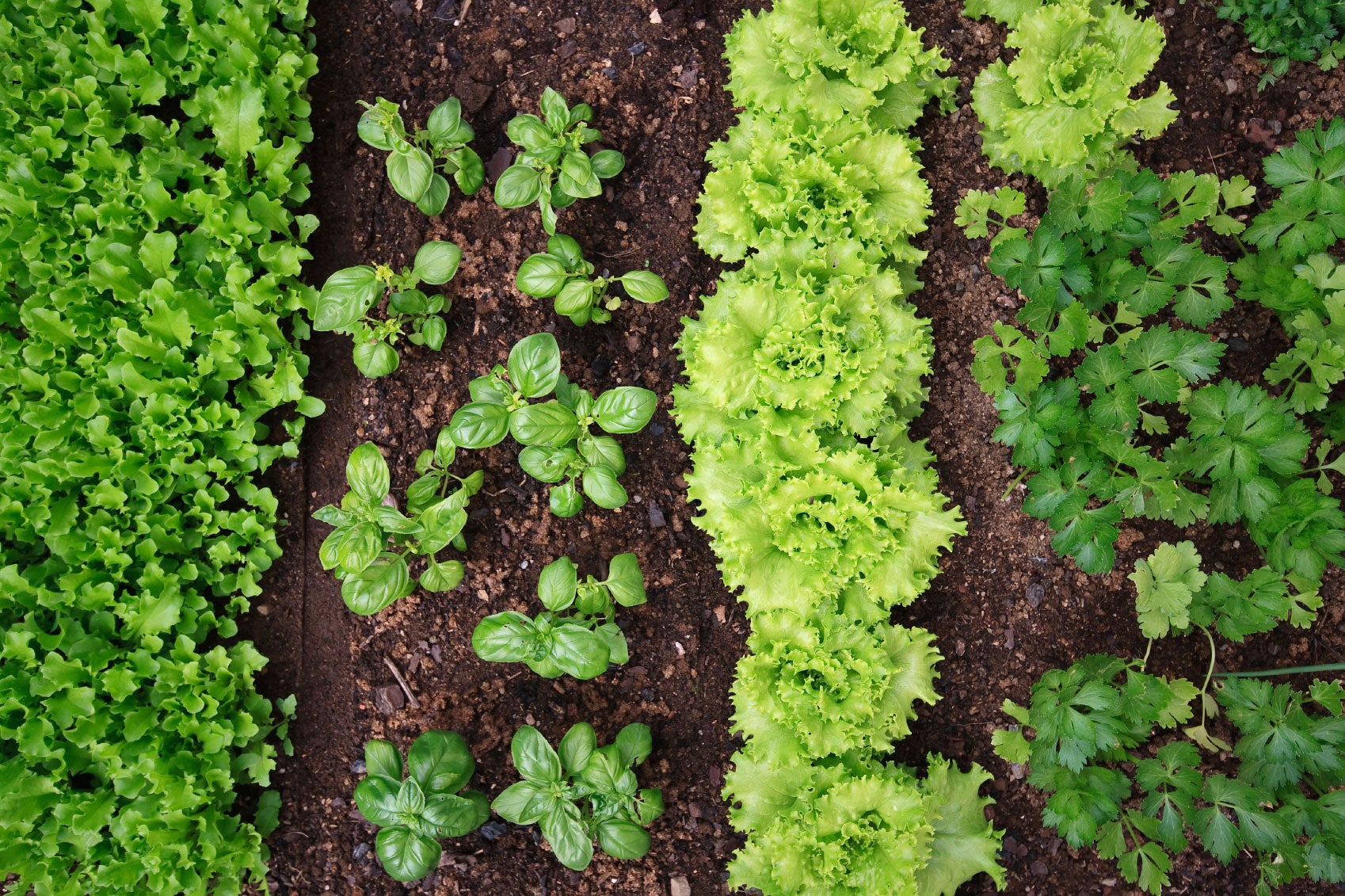

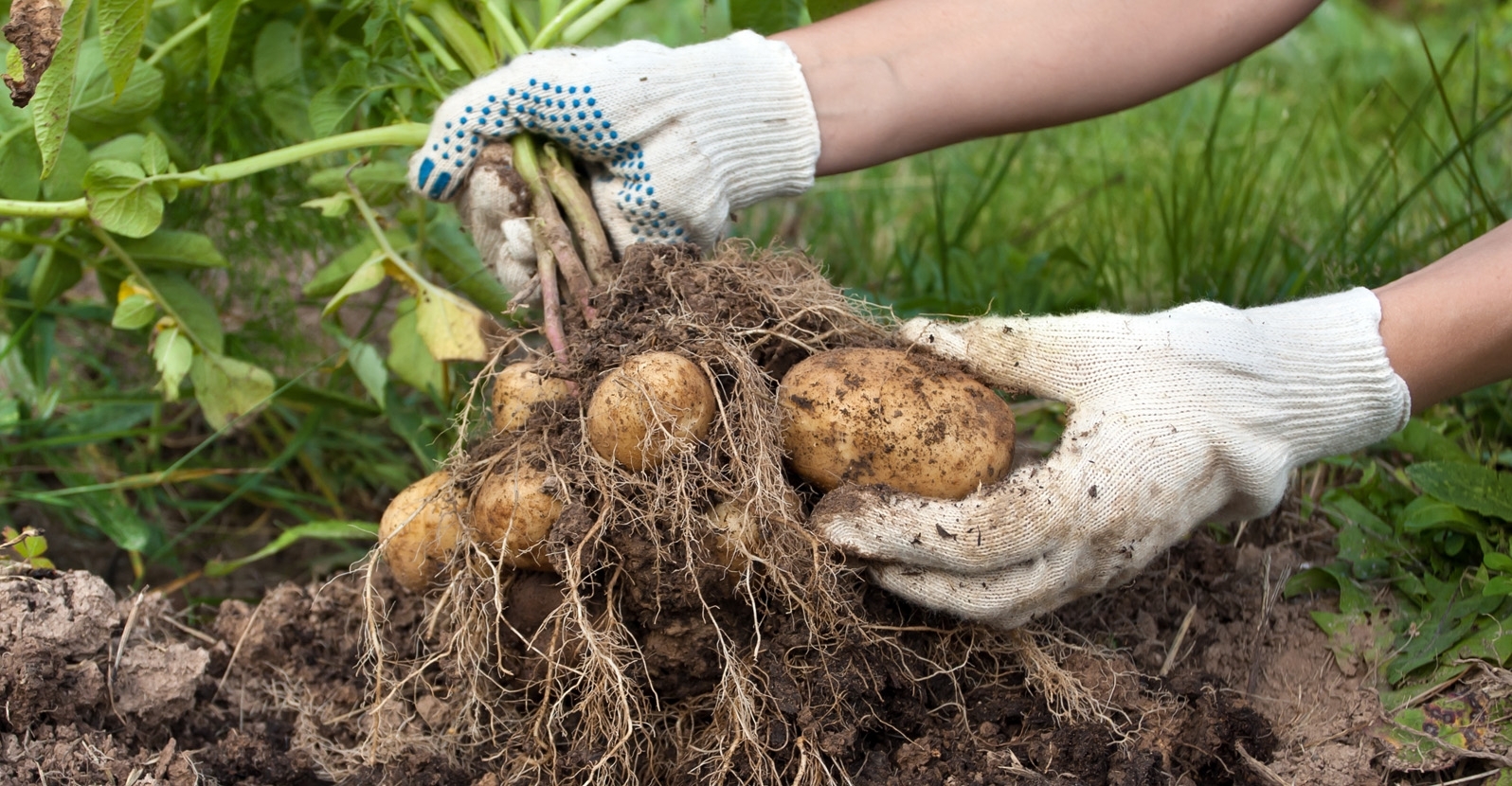
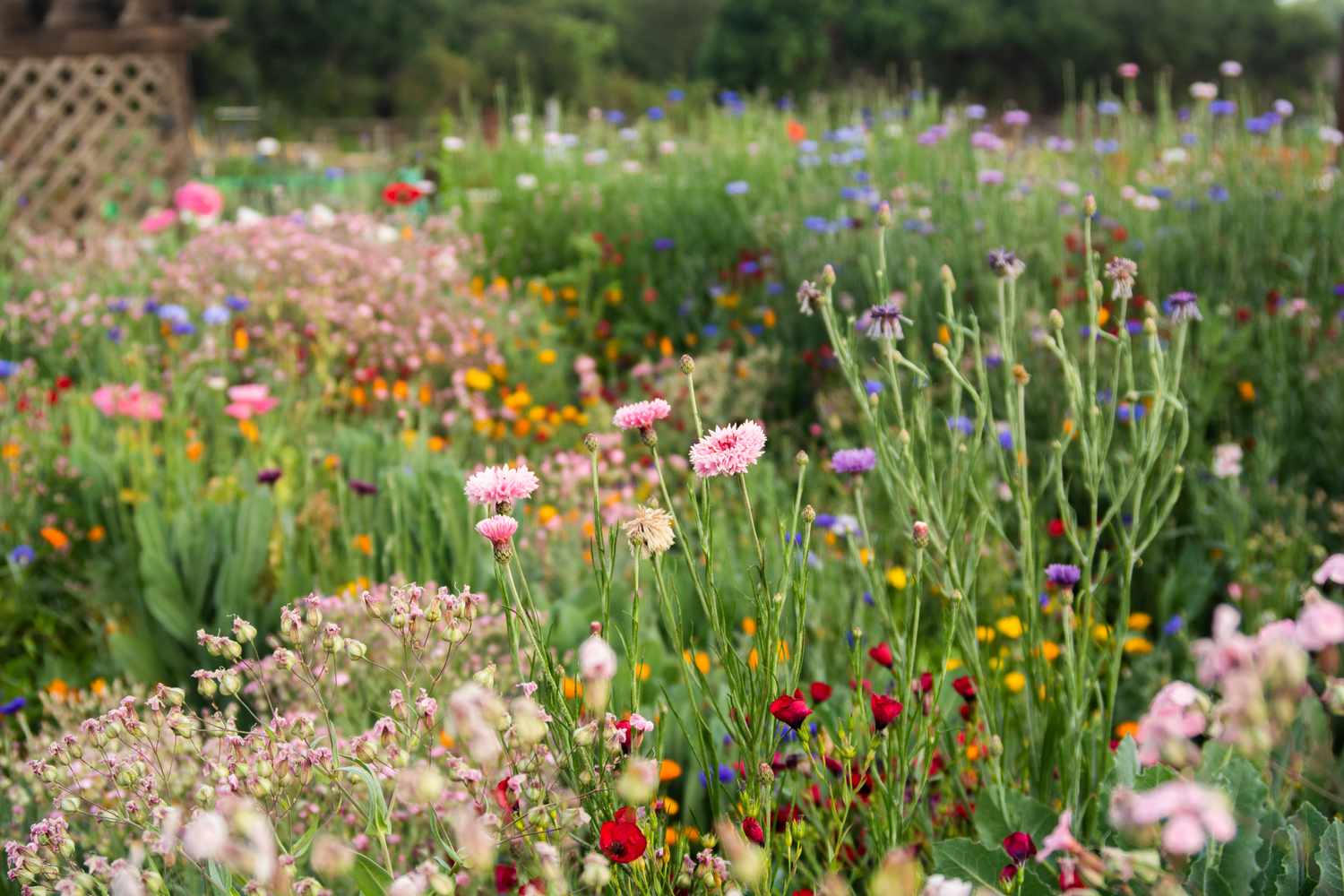
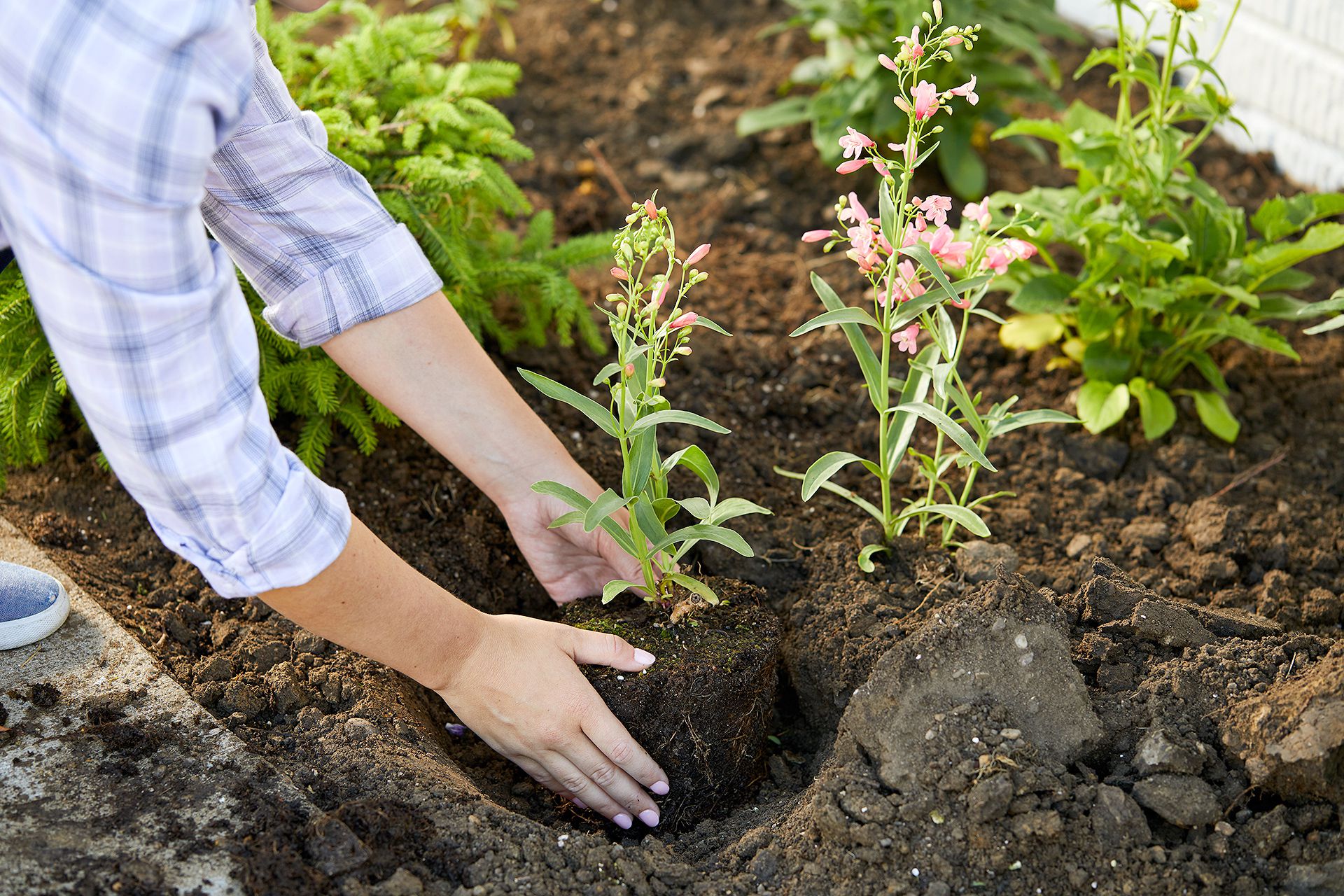
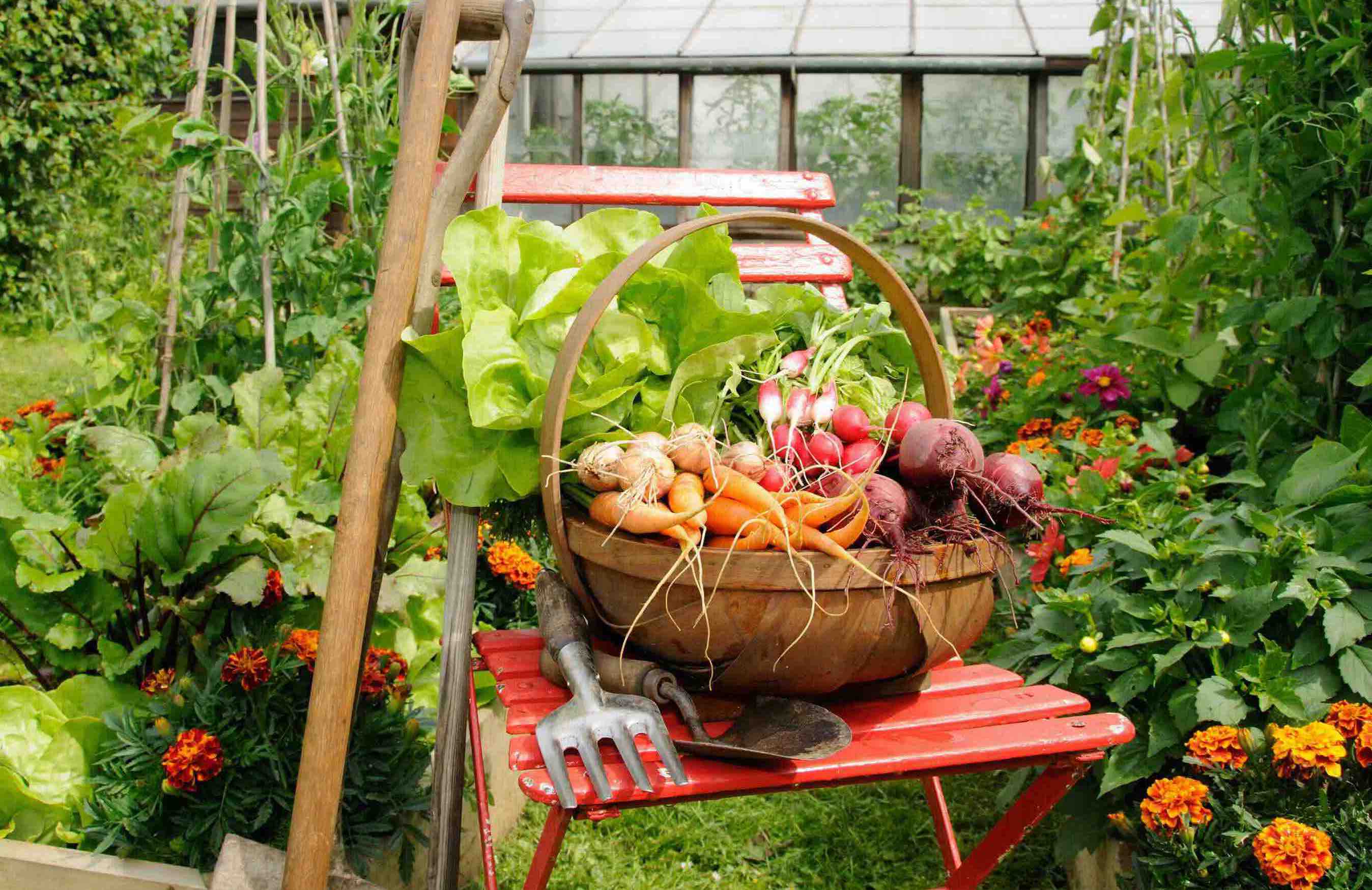
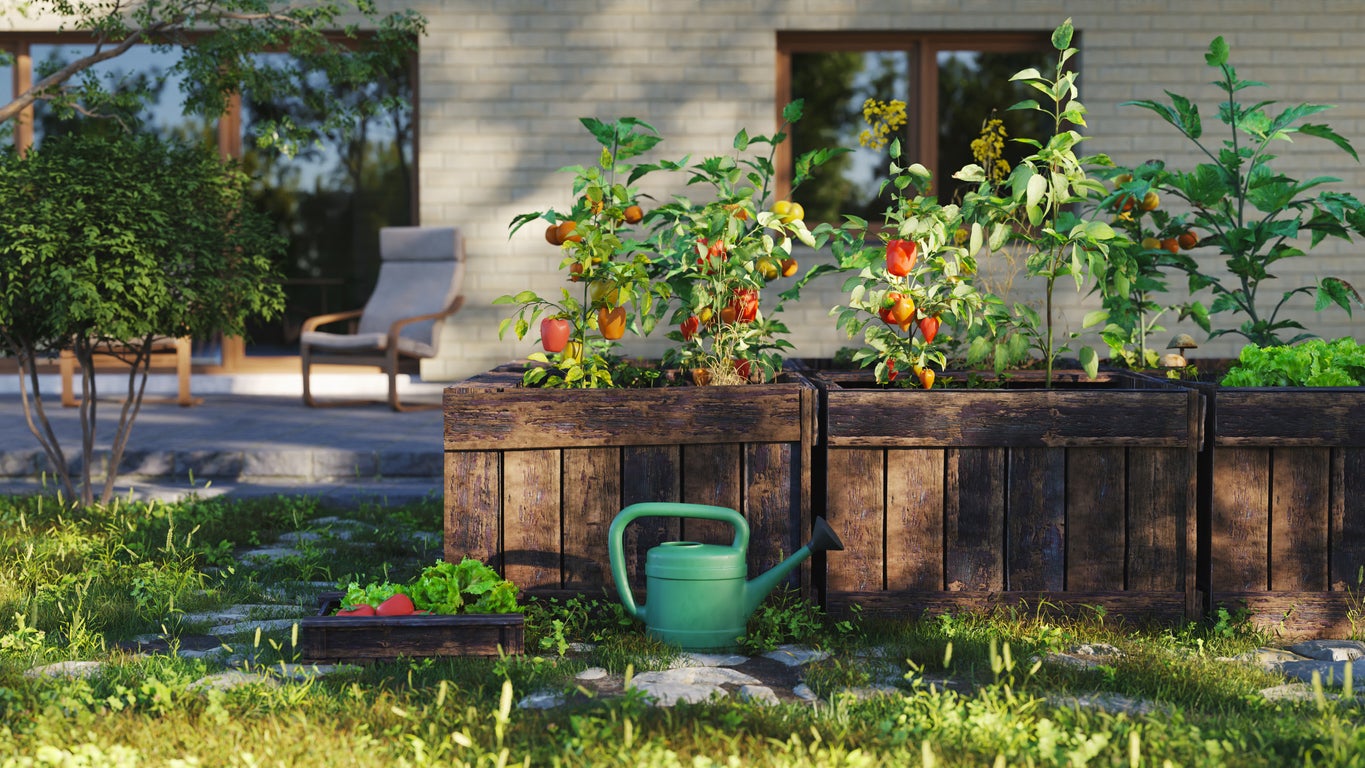
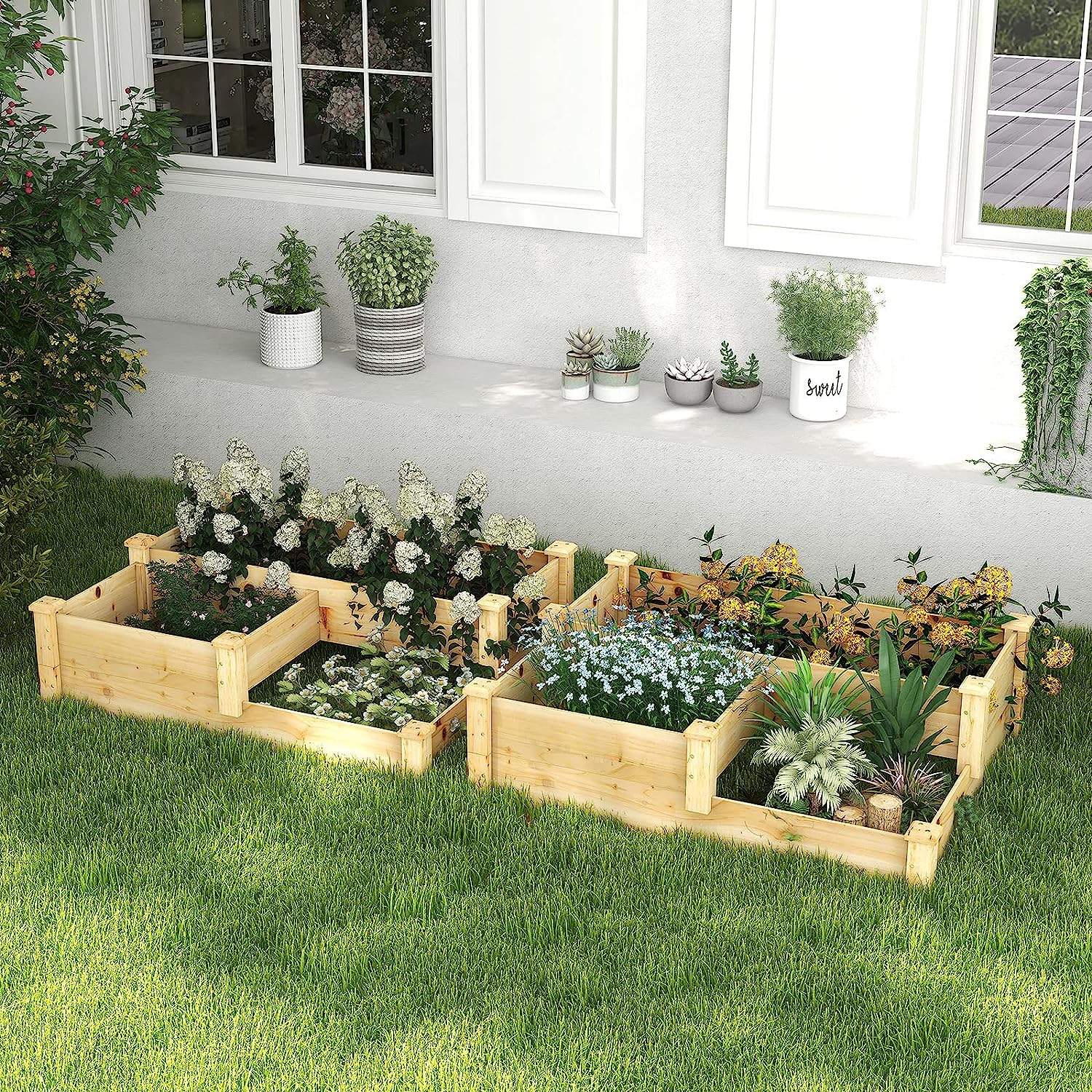
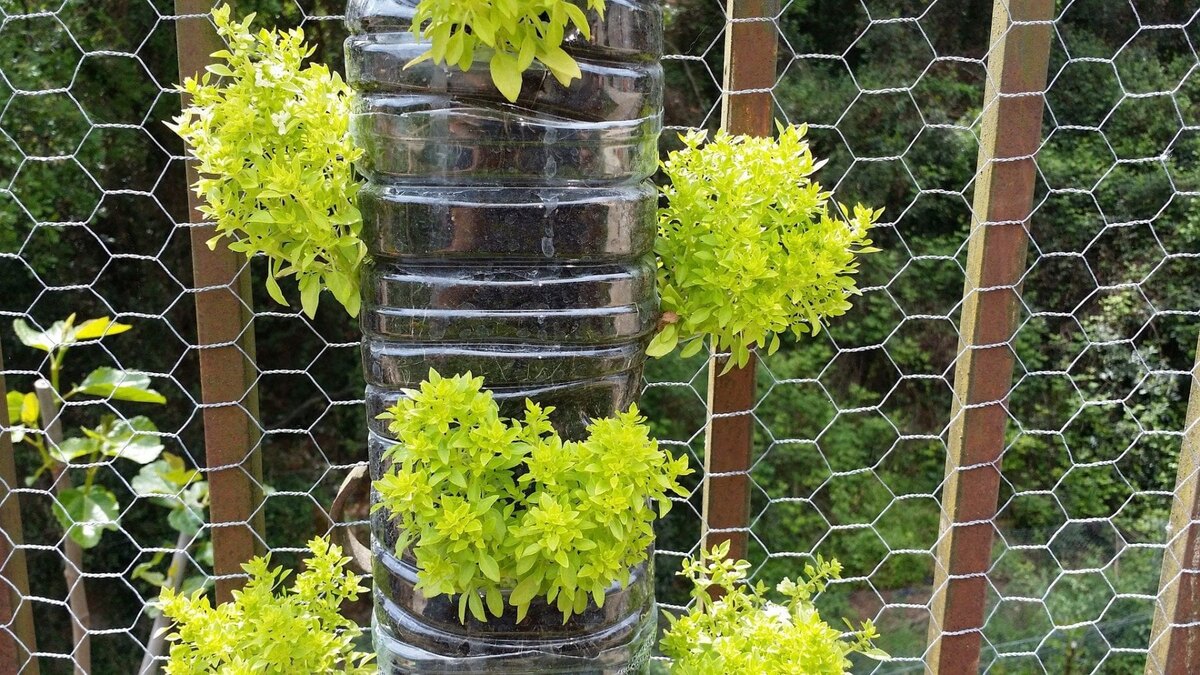
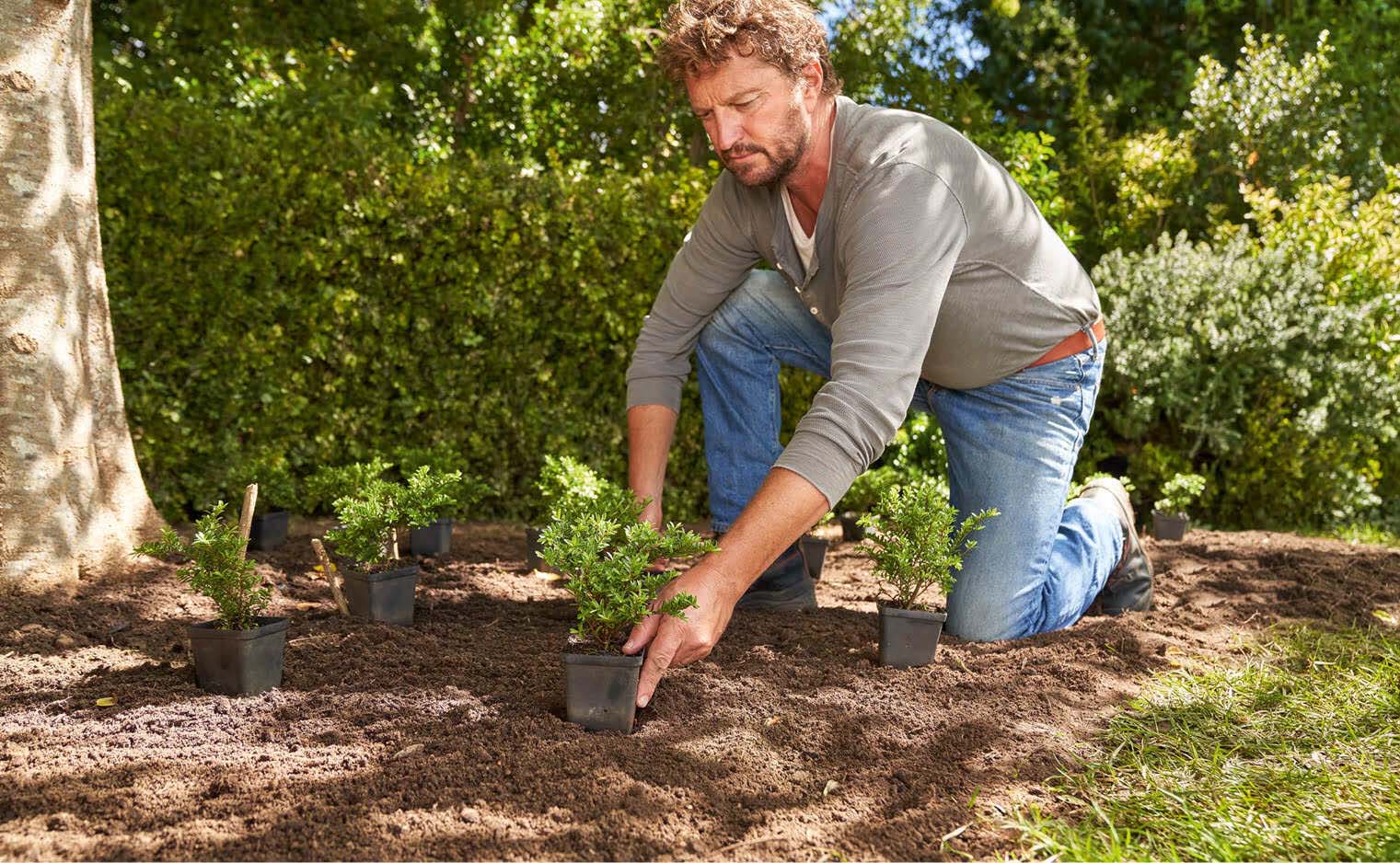


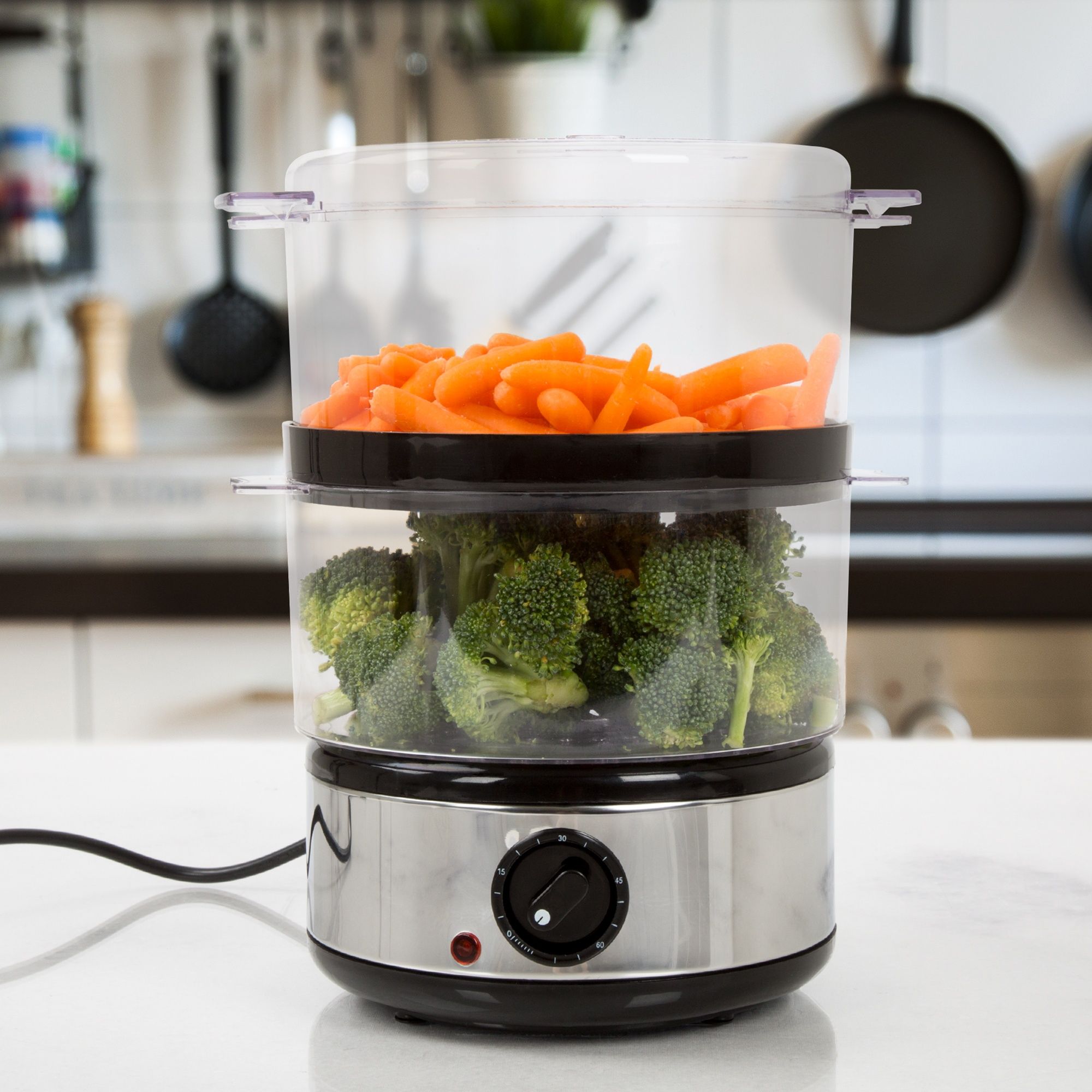


0 thoughts on “When To Plant A Veg Garden”